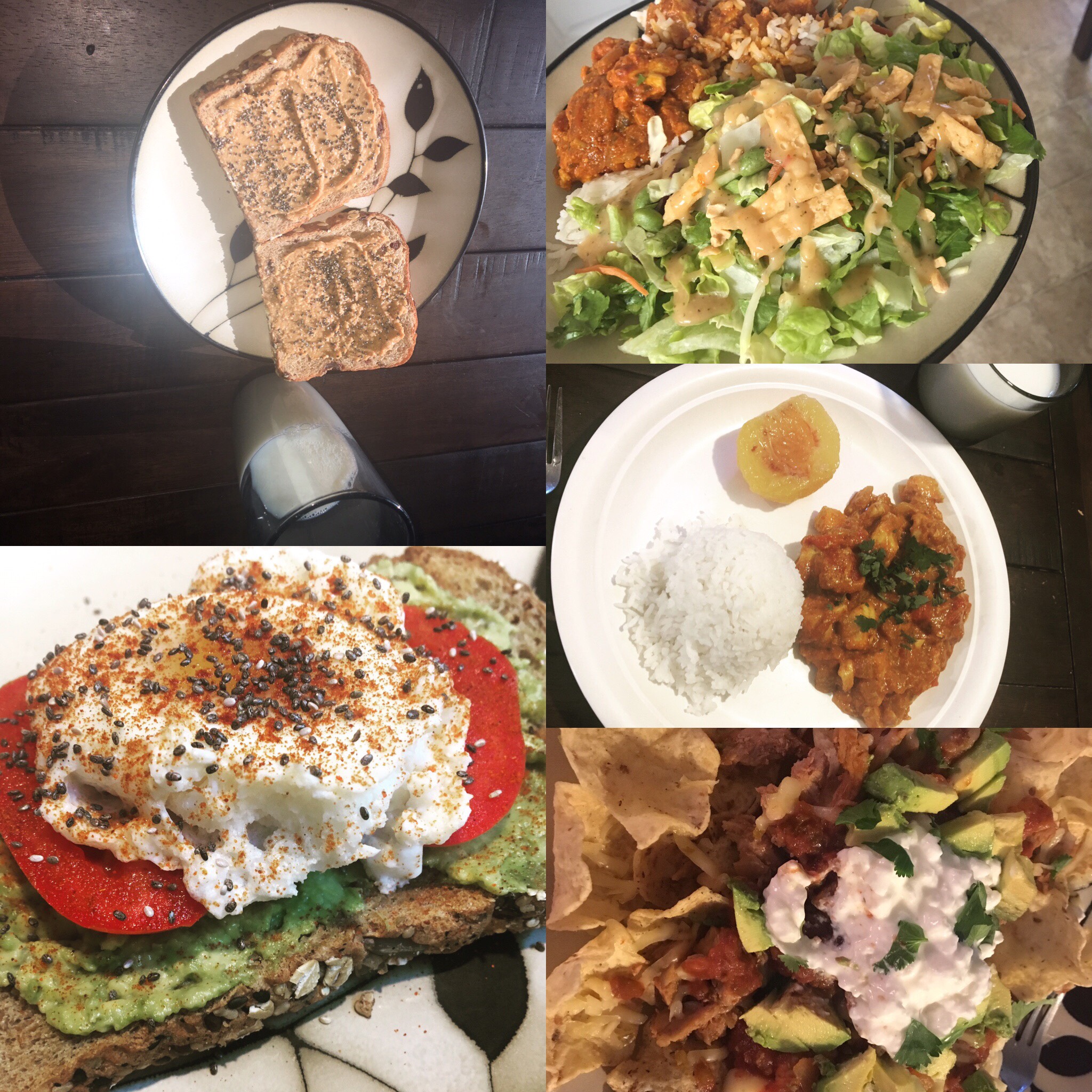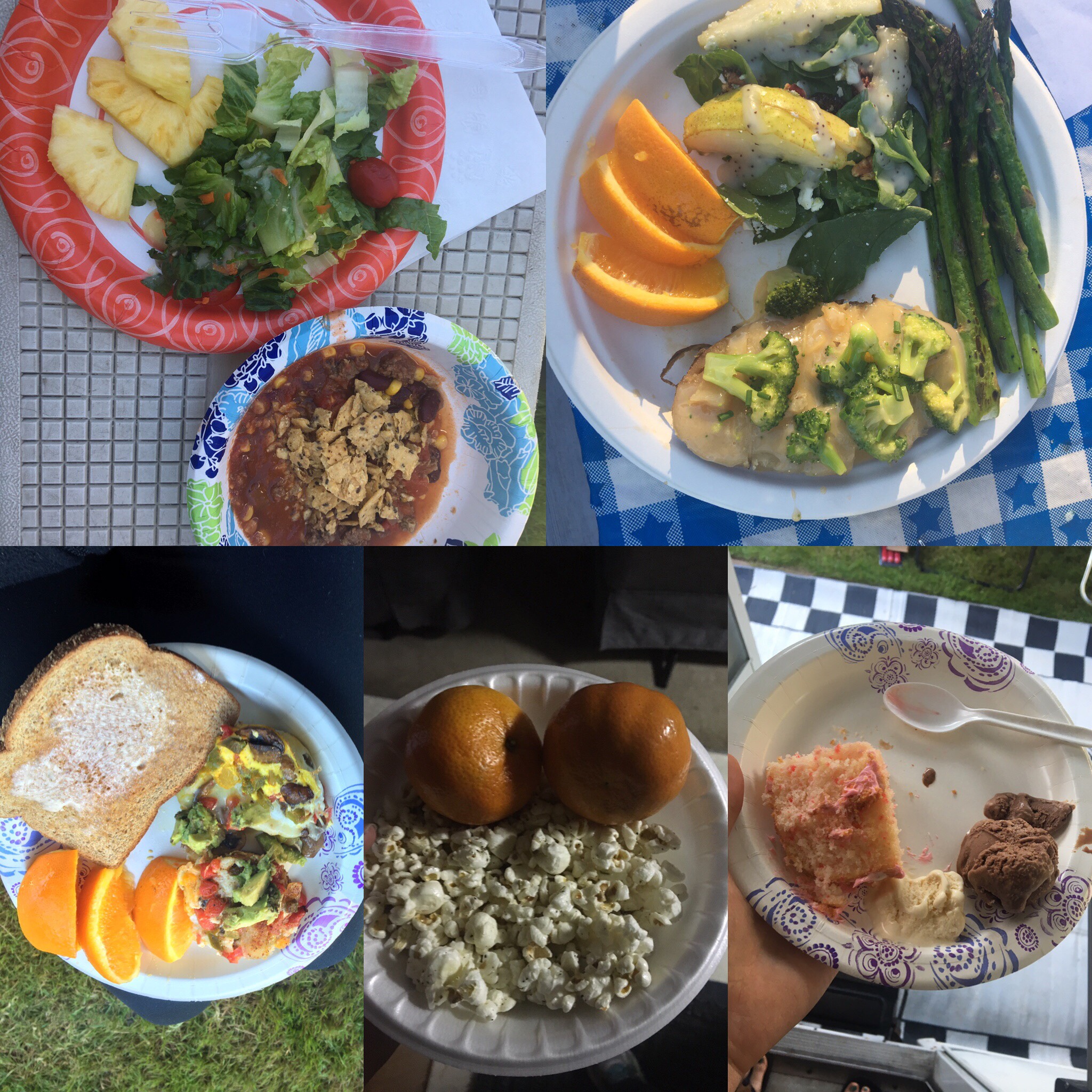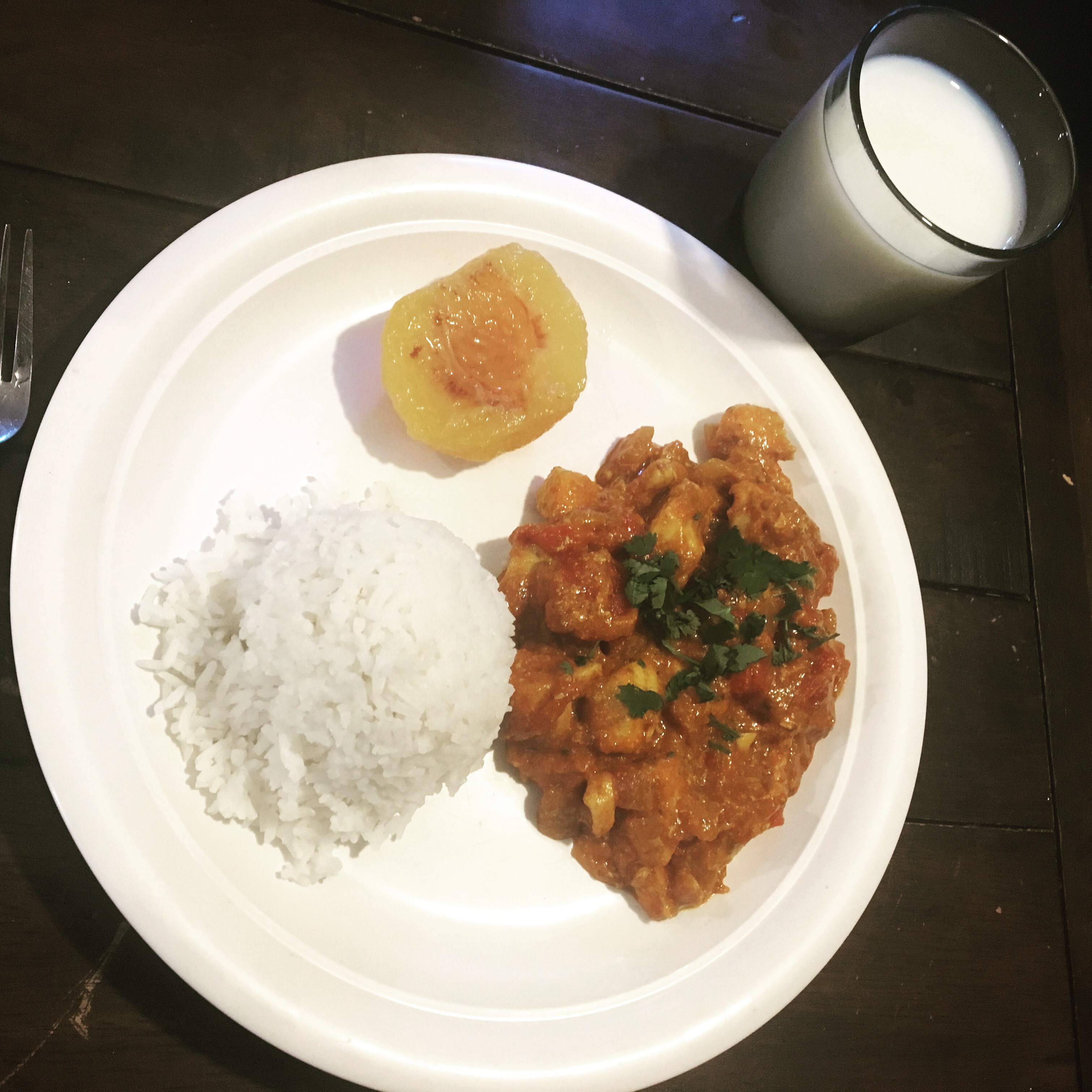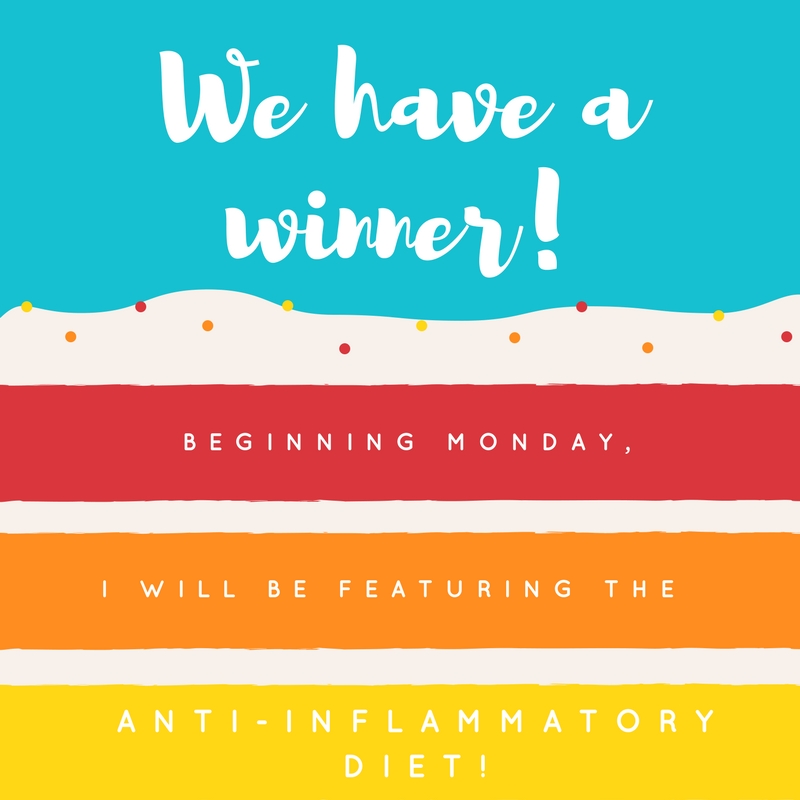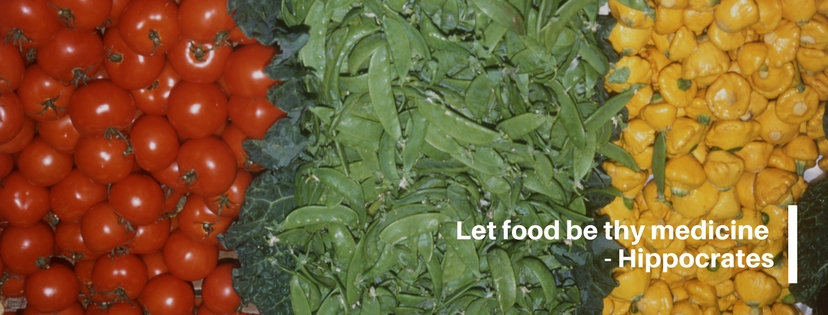
The short answer? Just about everybody. The average person is wandering around with more inflammation going on than is healthy.1 There are certain conditions, though, that can really see improvement by following an anti-inflammatory lifestyle. In fact, depending on the condition and severity, dietary changes have led to improvements greater or equal to those of medications. Here’s a list of conditions that are related to inflammation and can be improved by incorporating some anti-inflammatory changes to your diet and lifestyle:
- Obesity – high levels of excess fat, especially fat around the waist, are associated with an increase in overall inflammation in the body, which can lead to insulin resistance (diabetes’ slightly less ugly cousin) and heart disease1
- Diabetes – insulin resistance (mentioned above) is the precursor to diabetes, and is caused largely by inflammation1
- Heart Disease – atherosclerosis is an inflammatory condition in the arteries that can lead to heart attack, stroke, or clots2, 3
- Arthritis, Gout, and Chronic Pain – these conditions obviously lead to painful joints, and it’s not always true, but in this case, pain = inflammation4,5
- Frequent Headaches – again, usually (but not always), pain = inflammation6
- Irritable Bowel Syndrome (IBS), Inflammatory Bowel Disease (IBD), and Celiac Disease – these conditions are all linked to inflammation in the gut, which then leads to, well…you don’t want to know
- Dementia (prevention) – there are quite a few connections between chronic inflammation and the progression of dementia, unfortunately it seems we have to nip this one in the bud before it happens7
- Endometriosis, PCOS, PMS/Cramps, and other Reproductive Health Issues – each of these has a different link to inflammation, but it typically boils down to either pain or, in the case of PCOS, insulin resistance.8 Not based on any research, I can say from personal experience that eating the anti-inflammatory diet made a significant decrease in my cramps (and I’ve seen this for several clients and friends as well).
If you have one of these conditions or just hope to be a happy, healthy human – click here to learn more about anti-inflammatory eating!
Disclaimer: To be clear, I do not recommend that you cease taking medications prescribed by your doctor without his or her approval. Dietary changes do not always replace medication, particularly in severe cases or with specific conditions. Discuss your goals with your doctor and find a Registered Dietitian to assist you in improving your overall health. If you live in Washington state, come see me!
- https://www.jci.org/articles/view/19451
- https://www.nhlbi.nih.gov/health/health-topics/topics/atherosclerosis
- http://circ.ahajournals.org/content/105/9/1135
- http://www.arthritis.org/living-with-arthritis/arthritis-diet/anti-inflammatory/anti-inflammatory-diet.php
- http://www.sciencedirect.com/science/article/pii/S0166432803004650
- http://www.sciencedirect.com/science/article/pii/S0304395913003965
- Pawlak, L. The Hungry Brain. 2012. Biomed books.
- http://www.sciencedirect.com/science/article/pii/S0015028207002026
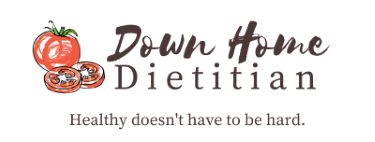
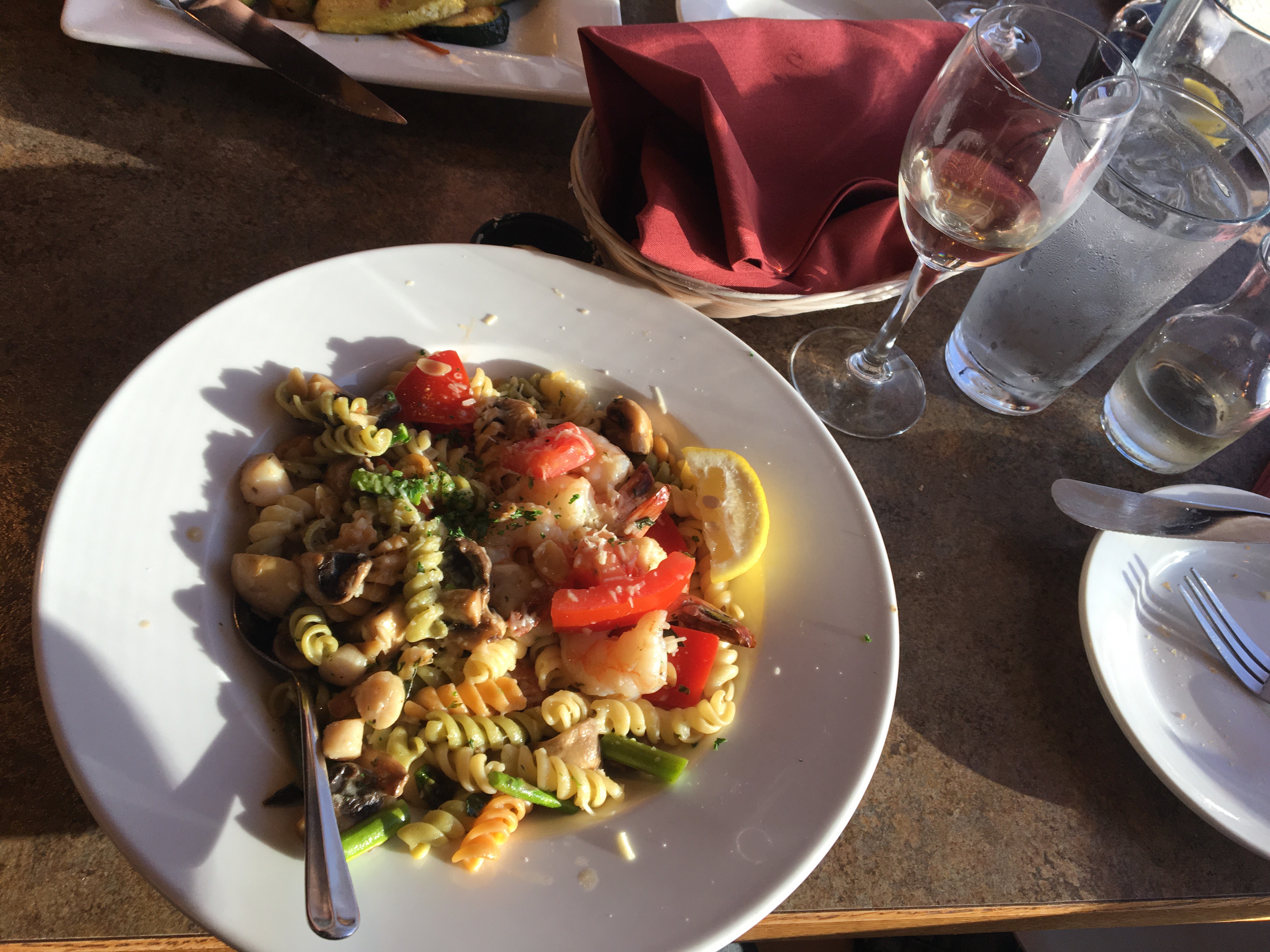
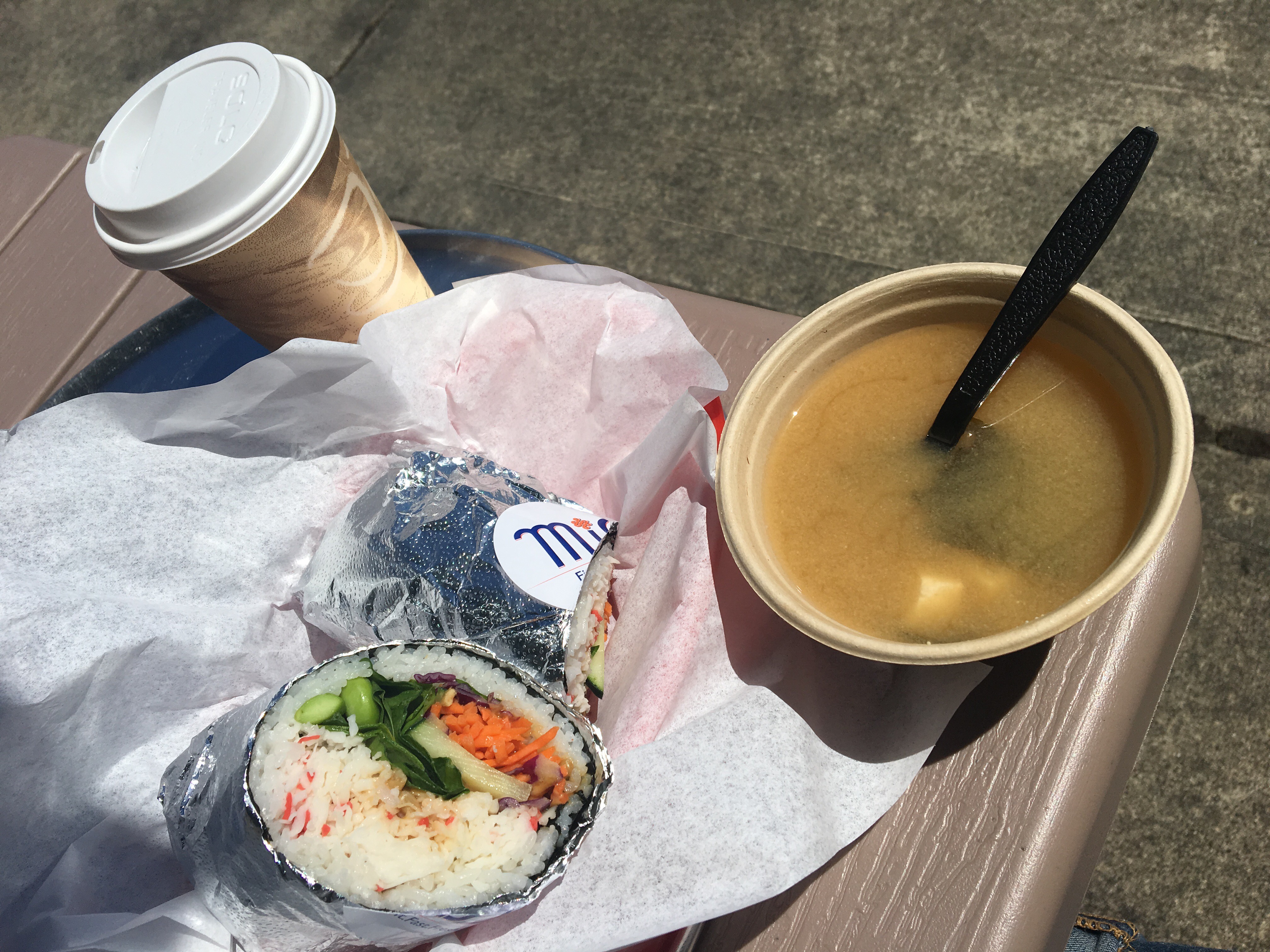

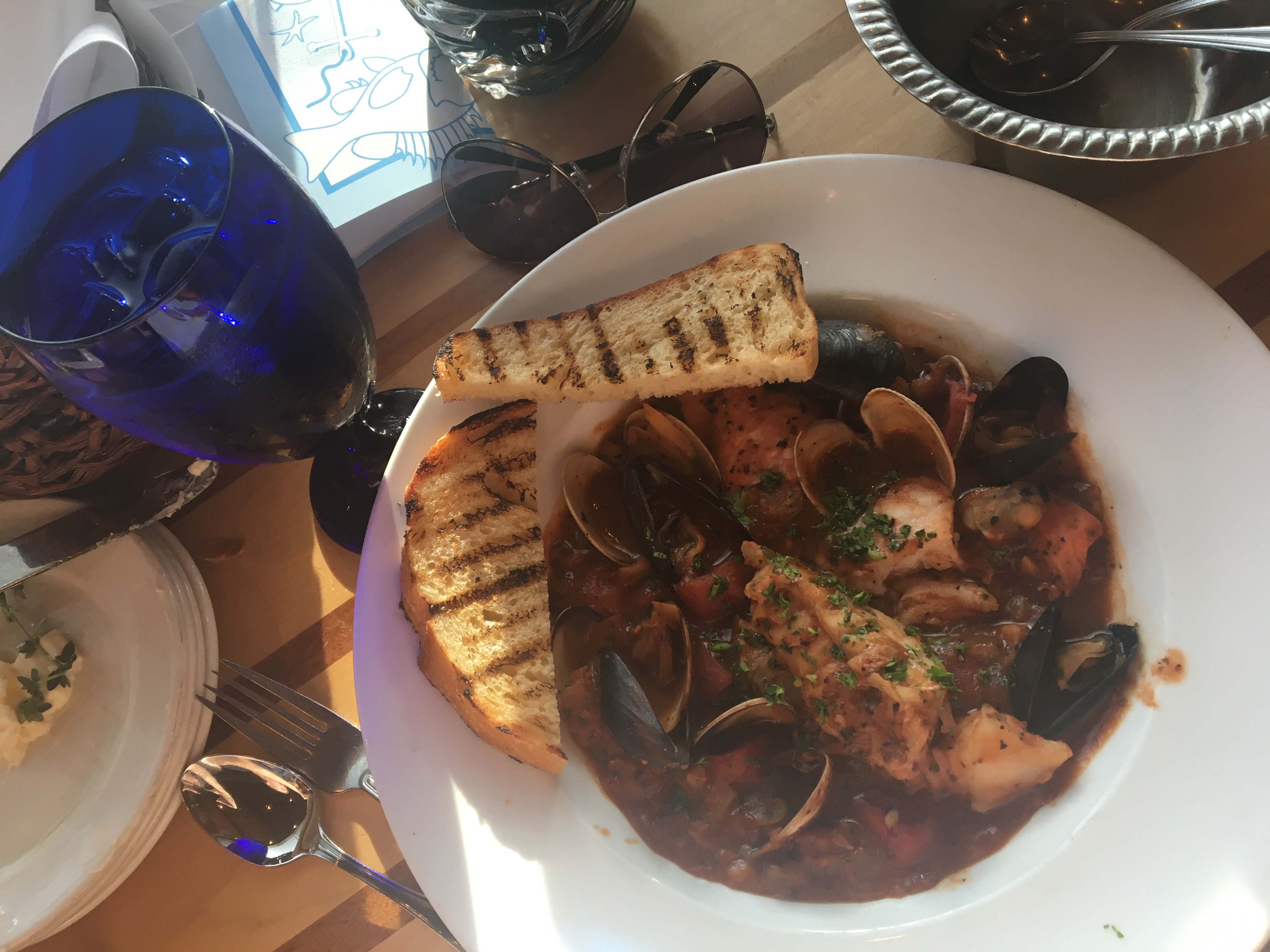
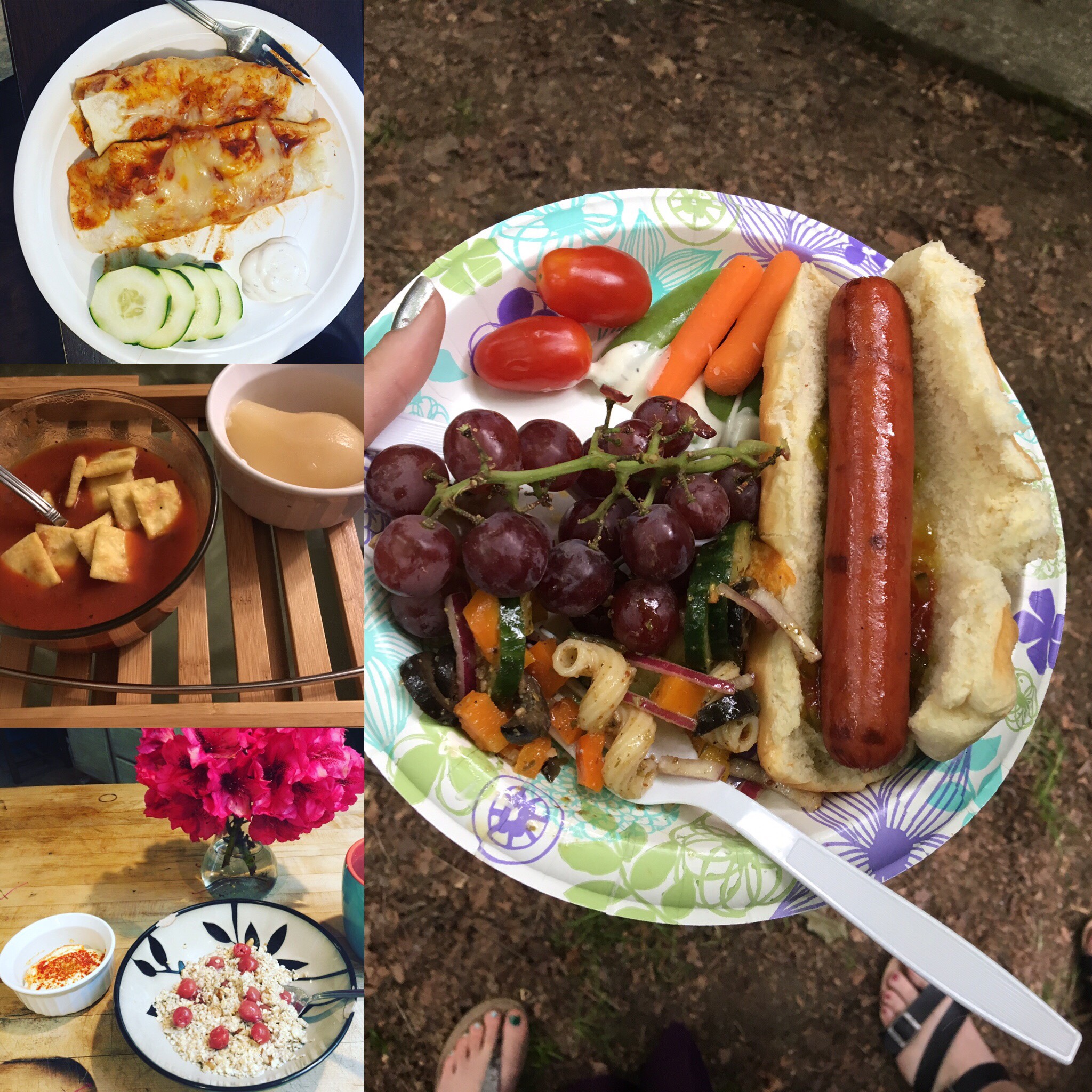 .
.